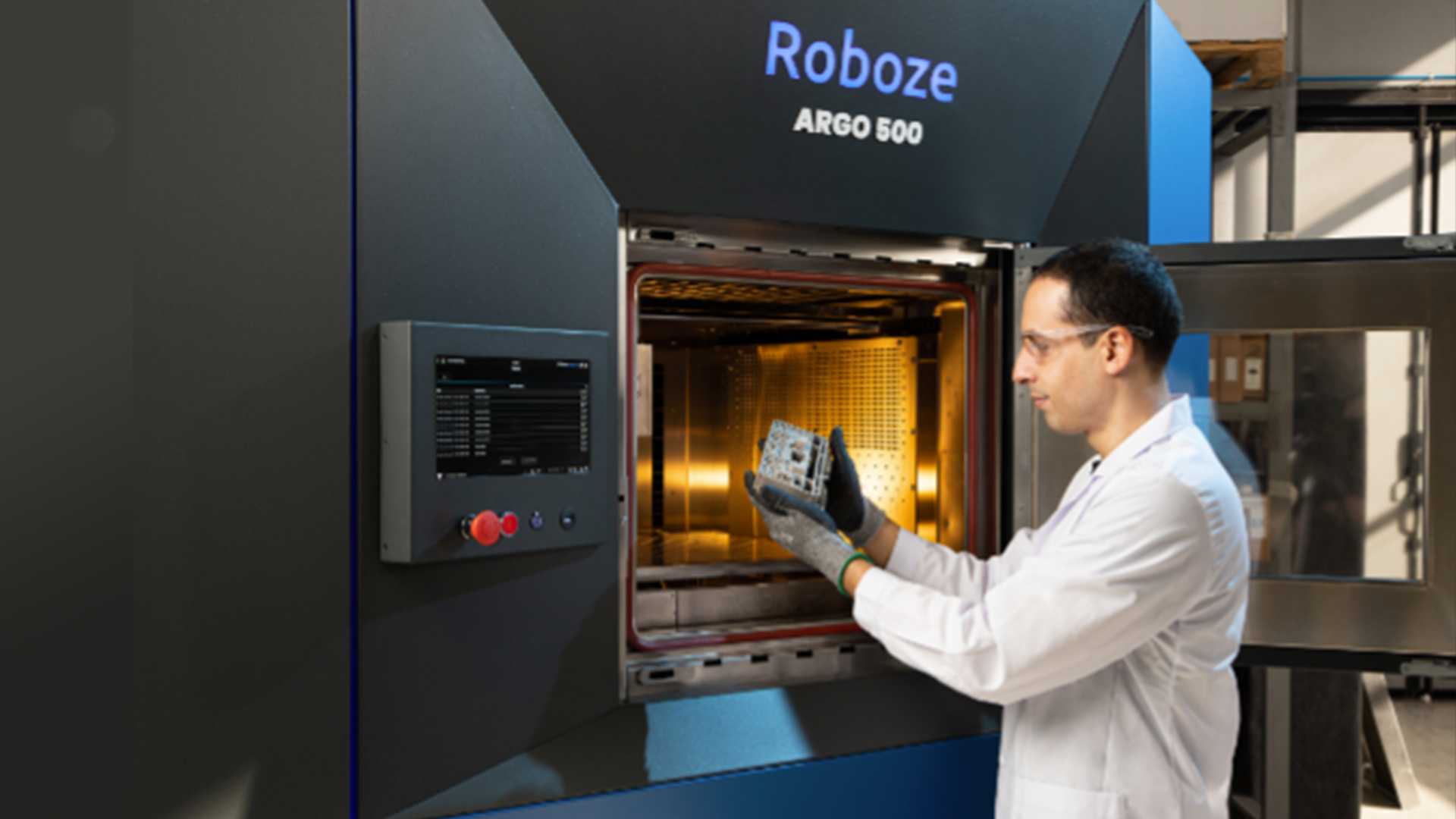The future of additive manufacturing is approaching

The future of additive manufacturing (AM) has been a difficult question to answer and it is still quite a complex answer. From the very beginning it seemed more a novelty than an industrial process, but with investment of time, resources, and direct financial investment the landscape has changed dramatically. The perception might still lag behind ability, however, with many of the easily notable applications being within the maker-space – hobbyists and independent designers – for products made at home that may be possible at scale with other manufacturing technologies. But that desire to print locally may not be exclusive to a small group of users, and the applications of AM and 3D printing only continue to grow.
Humble beginnings
Not all early applications of 3D printing were pure novelty. In fact, it may have been used by many more than you expect, under the term rapid prototyping. These early implementations more likely used a subtractive process before creating a three dimensional geometry. Just as with planar printers today, a layer is created and stacked in series with other layers until a third dimension is formed from two dimensional geometries. This became a fast pathway to understand the physical dimensions of a product during the design phase of development. Rather than waiting to get a sample back from manufacturing or a supplier, the prototype can be made onsite. But what might be considered ‘real’ 3D printing would take some more time.
Today you can print functional prototypes and even production-ready components in a matter of hours depending on the overall volume. Unfortunately, there are still some optimizations that need to be made to make AM a pragmatic option for today’s products. There is still some trial and error to finding the perfect part and printing it right every time. And these costs can make AM a difficult industrial investment when the major selling points are lot sizes of one – a misprint will immediately double the material and time resources of the project. But all is not lost, there is still massive investment in the space through software and hardware.
Continued investment
We’ve talked about it before and it will continue to enter the conversation when talking about improving the AM workflow, but the Center for Advanced Technology Collaboration Hub (CATCH) in Charlotte North Carolina is dedicated to accelerating the industrialization of AM. This initiative from Siemens is meant to fill in the gap between the work of Oak Ridge National Laboratory (ORNL) and the Department of Energy in the Manufacturing Demonstration Facility (MDF) and what is being adopted in industrial environments today. Bill Peter of ORNL put it succinctly that “our DOE-funded research is often best leveraged through regional and national collaborations like CATCH and the MDF, helping to advance additive manufacturing technology, drive workforce development and create a more efficient and de-carbonized manufacturing base.
And for Siemens, the goals are clear in accelerating the adoption of AM. Tim Bell of Siemens Digital Industries may have said it best, “[t]he benefits of additive manufacturing are clear, from faster time-to-market to better design through digital prototypes, to localized manufacturing helping to reduce supply chain constraints.” But we are not the only ones that see additive as a major player in the future of manufacturing.
More attention
On top of the financial investment in the technology through the Department of Energy and private business like Siemens, there is also the investment of attention at the federal level in the United States on accelerating the adoption of additive manufacturing. The US executive launched Additive Manufacturing Forward in early May to dive into the potential benefits of an AM-based manufacturing sector in the United States. In addition to the functional improvements enabled by AM technologies, there are macro-economic reasons for the US to invest in advancing technology.
First is the infrastructure advantage of additive in rebuilding the national manufacturing sector – it does not require a massive investment of multiple machine types to create a diverse product set. This enables manufacturers to become a supplier for a greater number of businesses. This growth is being accelerated through partnerships with large OEMs already investing in AM technologies. Pushing to build out a value chain with AM capabilities will diversify the number of suppliers capable of printing locally – boosting local development. And as more business are working on the technology in parallel, it will become integrated into the normal operations of the manufacturing sector rather than a niche use-case. AM will not take over capacity from other methods, at least not soon, but the delivery times of additive parts over a cast or forged one are invaluable, making complex programs more profitable.
Still a mystery
Many of the questions of AM are yet to be answered, and for many it seems that we are only finding more questions to ask. But, that also means we are learning more and more about the technology and its revolutionary methodology to design and manufacture. We are starting to ask the right questions to make AM a pragmatic choice for your business and industry. Even the largest OEMs are trying to figure out the best use cases for their industries. I’m excited to see what questions are asked next in evolving the additive manufacturing process. For more information on the current needs of AM development, the NYTimes has a great overview from a more generalized business perspective.
Siemens Digital Industries Software is driving transformation to enable a digital enterprise where engineering, manufacturing and electronics design meet tomorrow. Xcelerator, the comprehensive and integrated portfolio of software and services from Siemens Digital Industries Software, helps companies of all sizes create and leverage a comprehensive digital twin that provides organizations with new insights, opportunities and levels of automation to drive innovation.
For more information on Siemens Digital Industries Software products and services, visit siemens.com/software or follow us on LinkedIn, Twitter, Facebook and Instagram.
Siemens Digital Industries Software – Where today meets tomorrow


